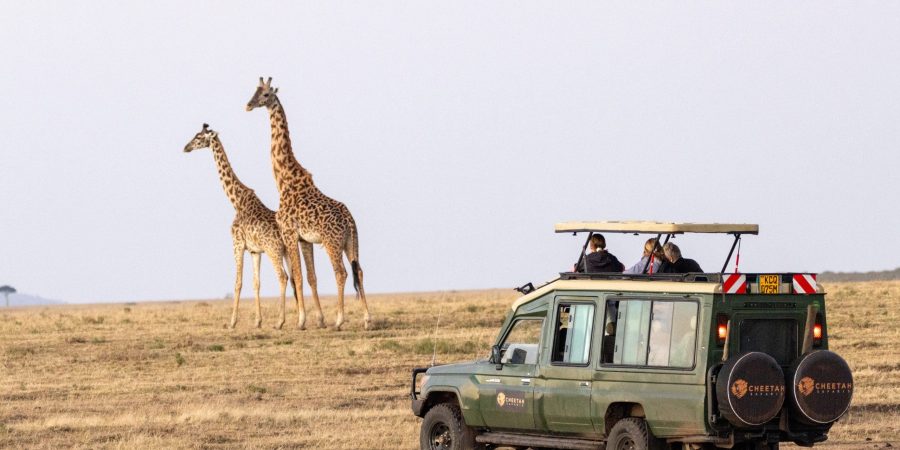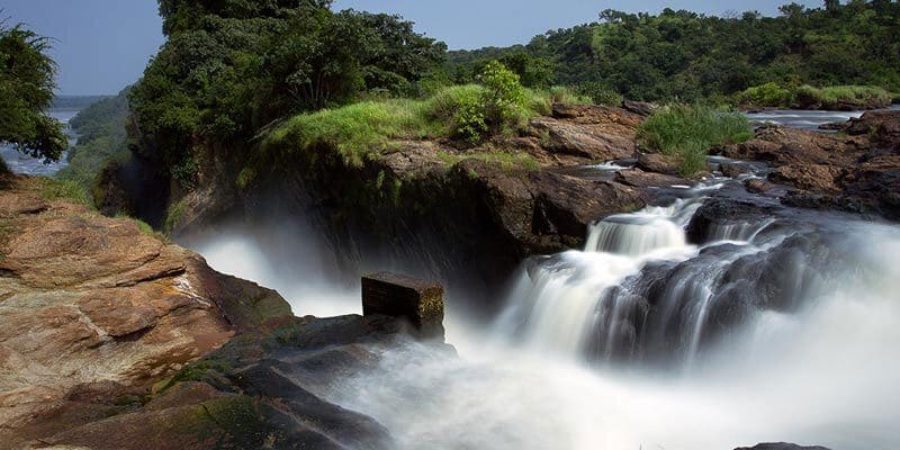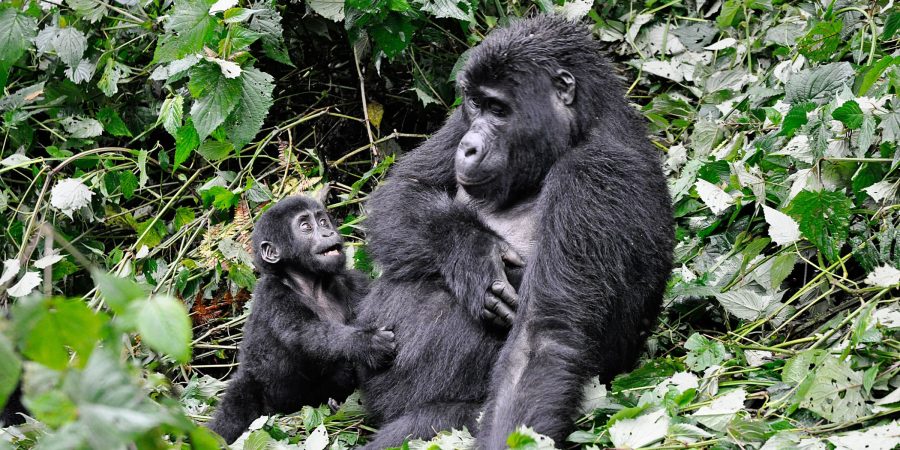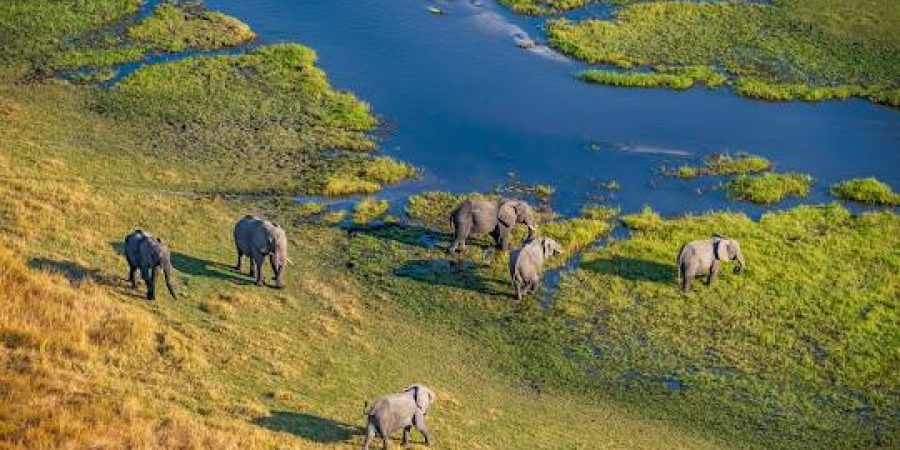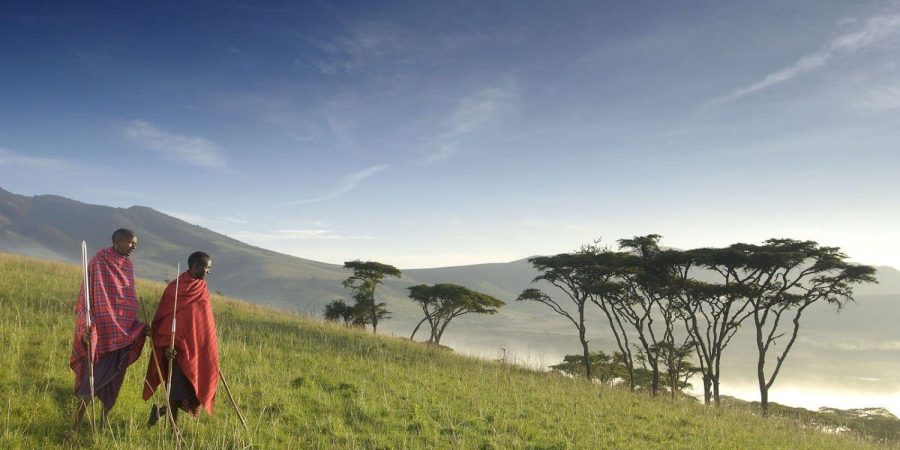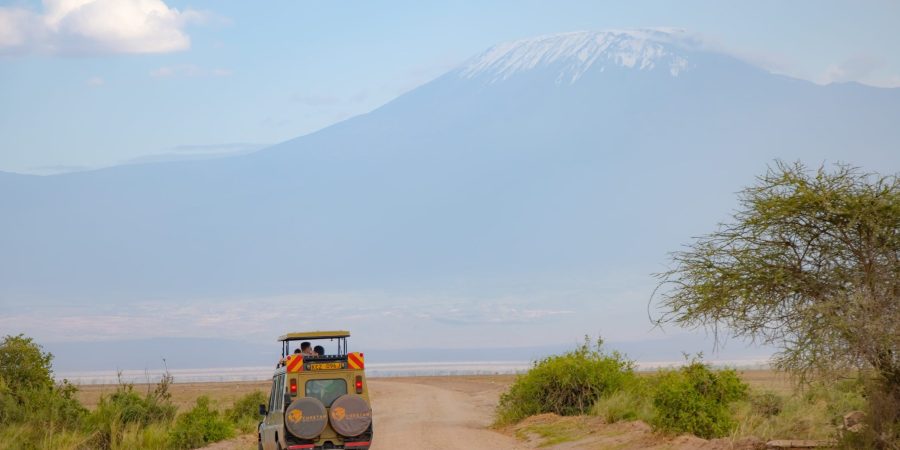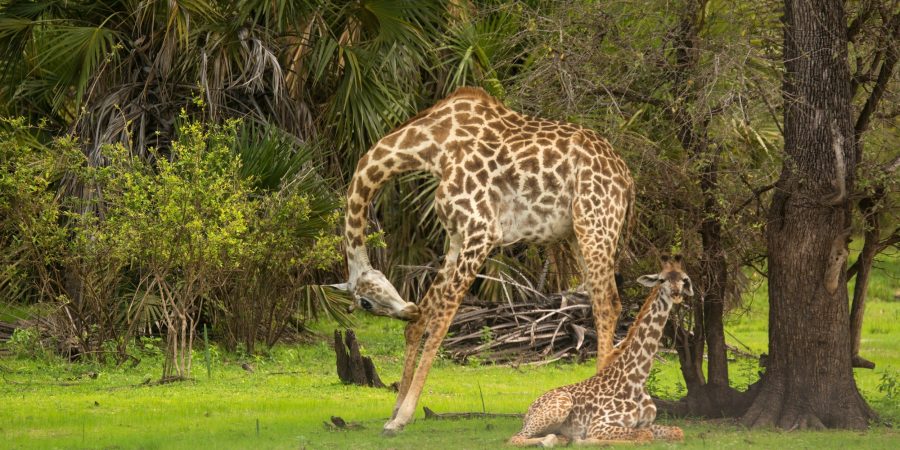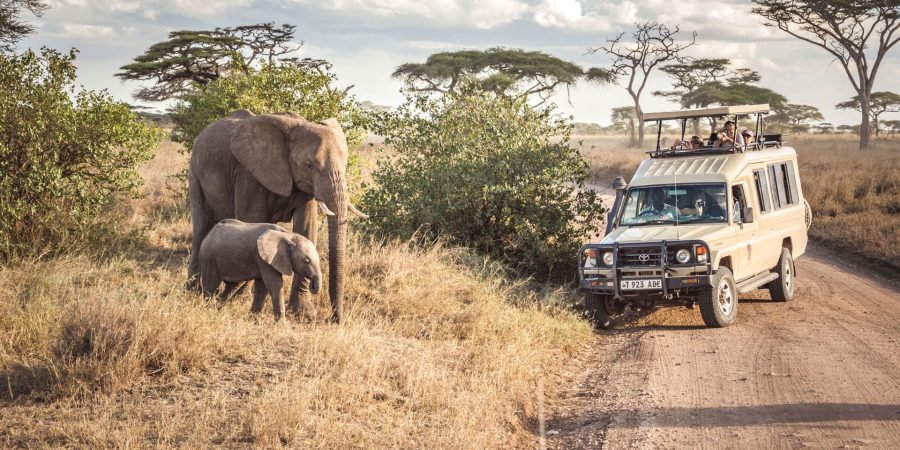Walking safaris offer a unique and immersive way to experience the African wilderness. Unlike traditional game drives, where visitors are safely perched inside vehicles, walking safaris take you directly into the heart of nature, allowing for a more intimate connection with the environment. Accompanied by an experienced guide, who ensures safety and provides expert knowledge, walking safaris allow participants to observe wildlife and natural habitats up close, from a different perspective. This adventure enables you to experience the smells, sounds, and even the textures of the landscape, providing a sensory connection that’s impossible to achieve from the comfort of a vehicle.
One of the key advantages of a walking safari is the ability to explore areas that are often inaccessible by vehicles. Trails through forests, savannahs, and wetlands provide access to secluded regions where wildlife tends to be less disturbed by human activity. During these walks, guests might encounter a variety of animals, including antelope, zebra, elephants, and even predators such as lions and leopards, though sightings of the latter are less frequent. The emphasis is not just on big game, but also on understanding the smaller details of the environment—track and sign identification, bird watching, plant life, and insect interactions. A walking safari offers a true sense of adventure and a deepened understanding of the intricate balance of nature.
While walking safaris are thrilling, they are also designed with safety in mind. Guides are trained in wildlife behavior and first aid, and walking groups are usually small to ensure that everyone can maintain a safe distance from the animals. Walking safaris typically range from short walks of a few hours to multi-day treks, with overnights in tents or basic camps along the way. Whether in remote national parks or private reserves, walking safaris provide an authentic and memorable experience, allowing adventurers to rediscover the wild at a slower pace.

